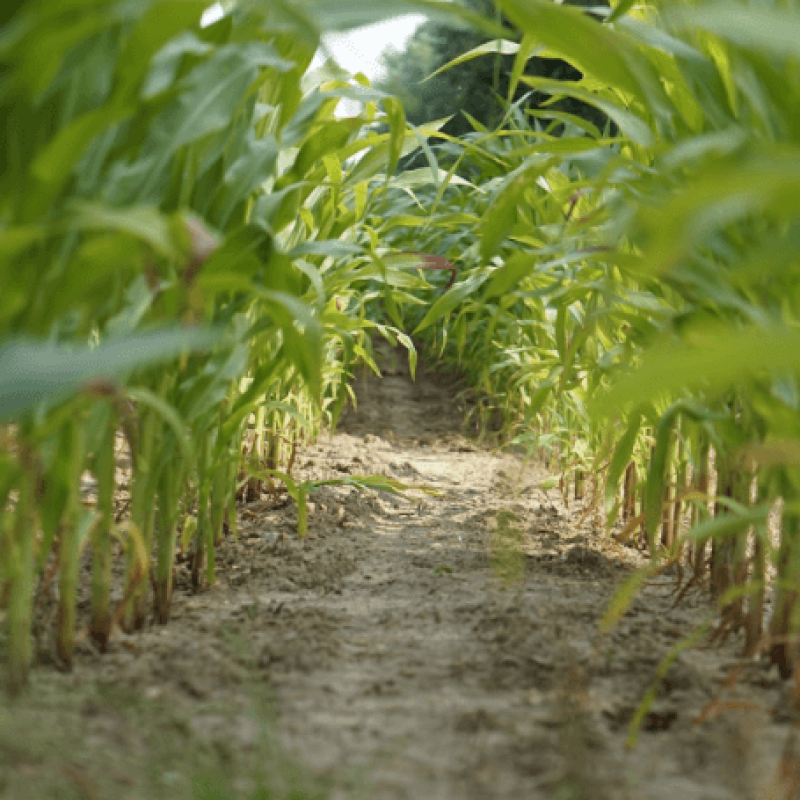[Editor’s note: William Price is a statistician in the College of Agricultural and Life Sciences at the University of Idaho. Andrew Kniss is a professor of weed ecology and management in the Department of Plant Sciences at the University of Wyoming.]
Some organisms, like the European honey bee and some earthworm species, have become somewhat iconic species and are used—in the media if not in the scientific literature—as symbols of diversity in agriculture. But these species are, in fact, introduced to North America and can displace native species or cause environmental disruption outside the agricultural realm. Other species, like the milkweed plants relied upon by the beloved monarch butterfly, may actually be favored by agricultural practices. Some have posited that milkweed populations might even be much greater as a result of agricultural practices than could have been supported by the pre-agricultural native ecosystem. Similarly, there are places in Europe where land has been cultivated for so long that the agroecosystem must be protected to maintain the wildlife that exists in those habitats. Until we have a better understanding of the composition and interaction of agricultural bio-communities and those of the surrounding environment, it will be difficult to define the ideal balance between concepts such as land sharing and land sparing.
The GLP aggregated and excerpted this blog/article to reflect the diversity of news, opinion, and analysis. Read full, original post: More than Share-Spare Philosophies Needed: A Response to Breakthrough’s Essay on Wildlife and Farmland
For more background on the Genetic Literacy Project, read GLP on Wikipedia































